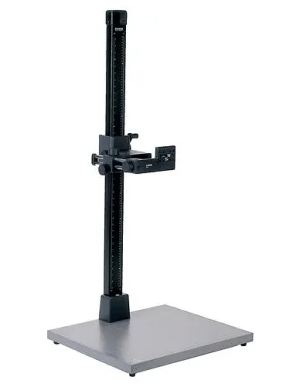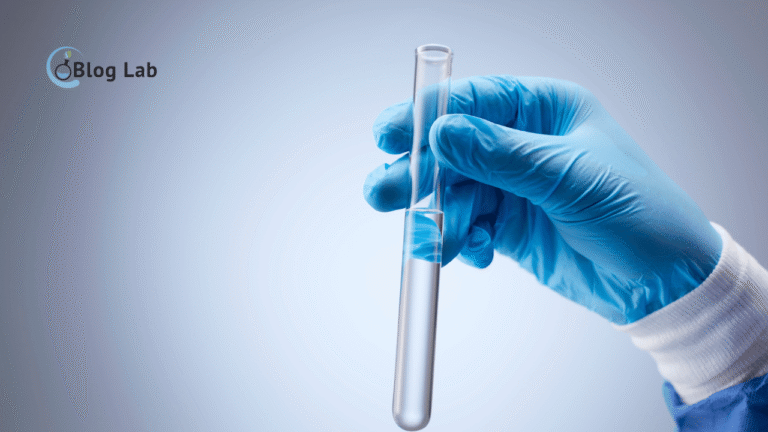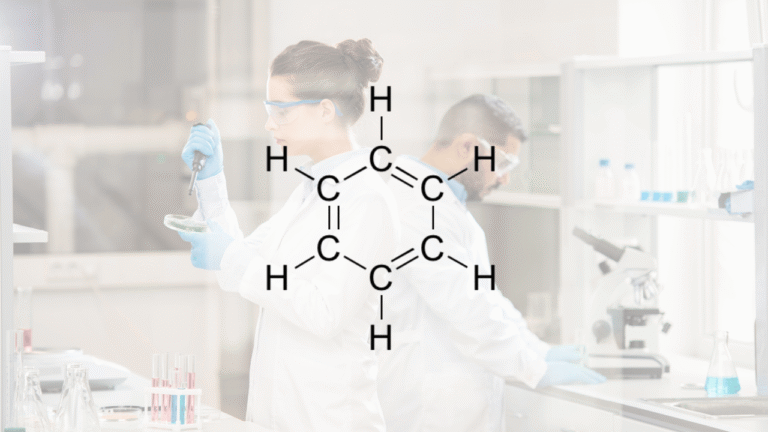Stative and Klem Functions In Laboratories

Stative And Klem is Lab tools. are interconnected and have an important role in the lab especially to do the title process. That's why it's here. Lab Blog It will give you an explanation of what the crescent and static function is.
Stative Understanding Laboratory
Stative is a laboratory tool, which is actually a stand tool, which is to put the clamp to use in the process when doing the titration. And for your information about lab clams you can read in the following article "Understanding and How to Use Klem Buret. "And to see the shape of the stative device and the clamp you can see in the picture below.

Stative / Stand Lab Function
Static or static working principle is to help uphold some other laboratory equipment, like buret, remote funnel, and glass equipment Another.
Stative / Stand can function which is to be used as a supporting tool in conducting various chemical research processes, including pinching glass equipment or clamp like a buret in filtration, soxhlet equipment, or a condenser clamp in heating with a reverse cooler.
Stative Usage
And so this is how we use Statif / stand, among other things:
- First of all, please place that static and clamp on a flat surface, like the floor and table in the lab.
- Next, you put the clamp on the static, and then you adjust the height of the clamp on the static. When adjusting to the needs, we just bring down the clamp to your own needs. And that's how you twist the nut that's near the static.
- Then once the clamp is installed, you please install the device that will be clamped for example, buret. That's how you're going to shrink the size of the clamp, and you're going to put the lab equipment or the buret that's going to be stuck in the center of the clamp and the clamp.
- And the last one. If you can get a clip, or you can get a tip, you can use a tissue, the goal is to get that thing pinned tight so it doesn't fall off.
Now that's the way it is, if you follow the steps that are described above, and if you still don't get it, you can also watch the videos of the following tutorial.
Laboratory clamp understanding

Lab clamp is a lab tool used to hold or tie things in place. Lab clams are available in different types and sizes, each with its own function.
Lab Klem Function
Some of the common functions of the lab clams include:
- Holding the reaction tube and other lab equipment in place. Klem is often used to withstand test tubes during heating or cooling, or to withstand other lab equipment during experiments.
- Tied things together. Klem can be used to bind objects together to form larger structures. For example, clams can be used to bind two test tubes together to form a reaction column.
- Holding things in a certain position. The clamp can be used to hold things in a specific position for experiments or observations. For example, clams can be used to hold samples under a microscope.
How to use Klem Laboratory
How to use a lab clamp depends on the type of clamp used. Here are some general instructions to use the lab clamp:
- Select the clamp to match the size and strength of the object to be held. A clamp too small or too weak can be broken or unable to hold things tight.
- Clean the clamp before using it. This will help prevent the spread of contamination.
- Put a clamp on a sturdy buffer. It'll help make sure that the clamp doesn't come off or fall off.
- Positions of objects that will be held between the jaws of clams. Make sure that thing stays tight.
- Tighten the clamp tight. It'll help make sure that the object doesn't move.
Laboratories.
Here's some kind of lab clamp that's generally used:
1. Klem buret

Klem buret is used to hold the buret in place during the stipulation. Klem buret is usually made of metal and has two jaws that can be adjusted to hold it tight.
2. universal clamp

The universal clamp is the most versatile type. Universal clams can be used to withstand different kinds of objects, including test tubes, chemical glasses, and other laboratory equipment. Universal clams are usually made of metal and have two jaws that can be adjusted to hold things tight.
3. Clip clamp

The clamp clamp was used to hold things in a specific position. The clamp is usually made of metal and has one jaw that can be clamped on the object that wants to be held.
Four. The holding clamp

The holding clamp was used to hold things tight. The holding clamp is usually made of metal and has two jaws that can be rubbed with bolts.
Stative differences with Klem
For those two lab devices, it's certainly very different, but both of those tools are interconnected in their functions and roles where, in fact, the standard of a stand as a place to put a clamp device. Whereas the clamp itself is a clamp made of iron or type clams Other and used to clamp the chemical glass.
Stative Price And Klem
And for those of you who want to know the Stative price and Klem laboratory tools above you you can go to the lab supply directly and ask how much it costs, to visit the lab suppliers please click this next link in www.envilife.co.id.
Now that explains me in the introduction of the lab tools about static and clam functionsWell, hopefully this article I'm writing can be useful for readers. Thank you.





